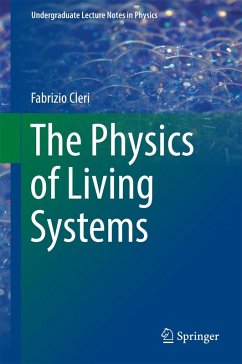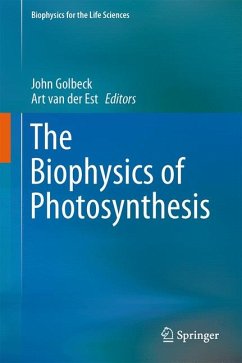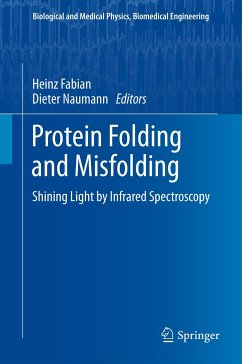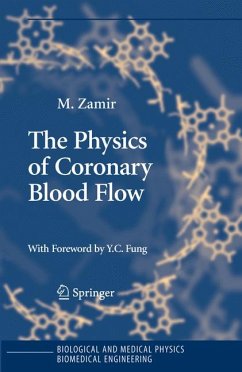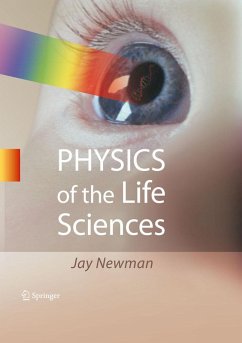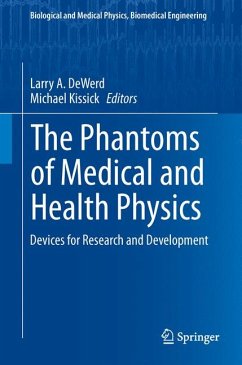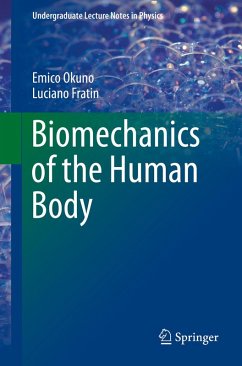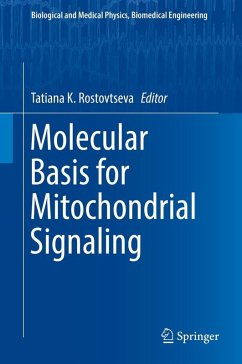
Molecular Theory of the Living Cell (eBook, PDF)
Concepts, Molecular Mechanisms, and Biomedical Applications
Versandkostenfrei!
Sofort per Download lieferbar
160,95 €
inkl. MwSt.
Weitere Ausgaben:

PAYBACK Punkte
80 °P sammeln!
The book presents the first comprehensive molecular theory of the living cell ever published since the cell doctrine was formulated in 1838-1839. It introduces into cell biology over thirty key concepts, principles and laws imported from physics, chemistry, computer science, linguistics, semiotics and philosophy. The author formulates physically, chemically and enzymologically realistic molecular mechanisms to account for basic living processes such as ligand-receptor interactions, enzymic catalysis, force-generating mechanisms in molecular motors, chromatin remodelling, and signal transductio...
The book presents the first comprehensive molecular theory of the living cell ever published since the cell doctrine was formulated in 1838-1839. It introduces into cell biology over thirty key concepts, principles and laws imported from physics, chemistry, computer science, linguistics, semiotics and philosophy. The author formulates physically, chemically and enzymologically realistic molecular mechanisms to account for basic living processes such as ligand-receptor interactions, enzymic catalysis, force-generating mechanisms in molecular motors, chromatin remodelling, and signal transduction. Possible solutions to basic and practical problems facing contemporary biology and biomedical sciences have been suggested, including pharmacotherapeutics and personalized medicine.
Dieser Download kann aus rechtlichen Gründen nur mit Rechnungsadresse in A, B, BG, CY, CZ, D, DK, EW, E, FIN, F, GR, HR, H, IRL, I, LT, L, LR, M, NL, PL, P, R, S, SLO, SK ausgeliefert werden.




